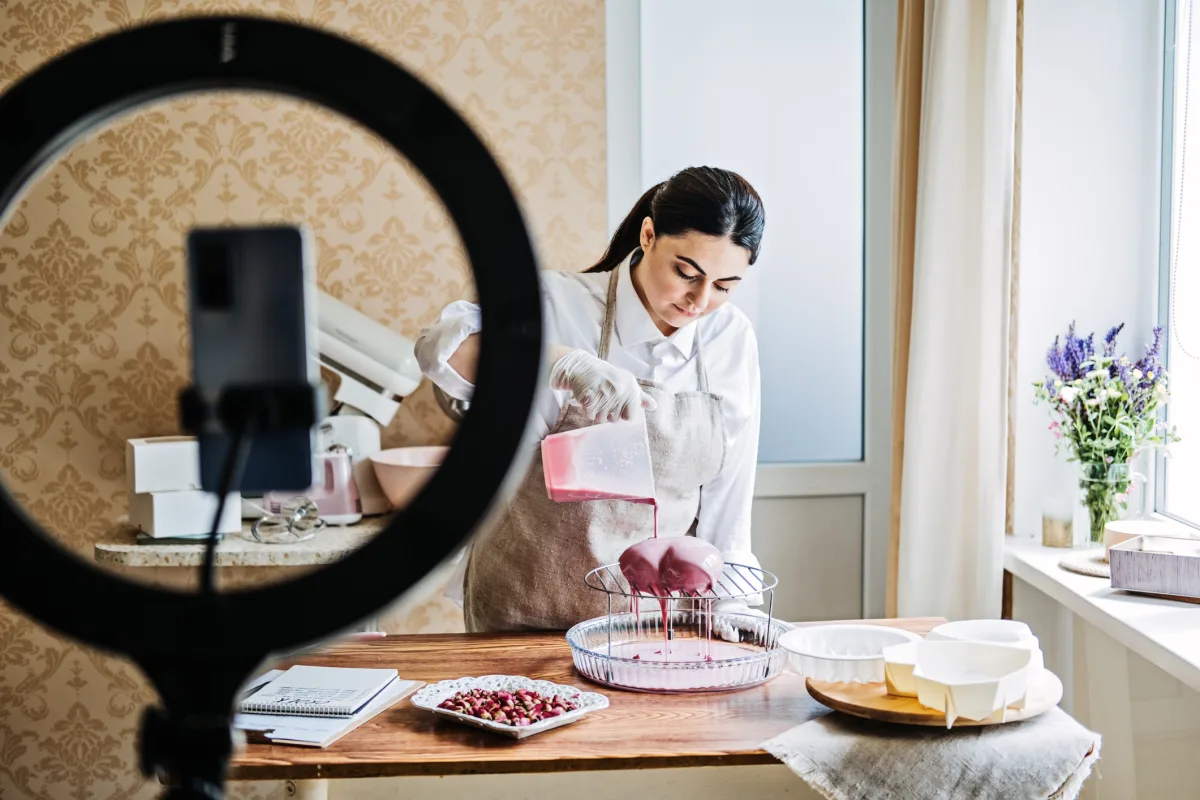Reinvention can often suggest major upheaval. Chuck in the dreary job, max out the credit cards, pitch to venture capitalists, emerge triumphant with a unicorn start-up that disrupts entire industries. Stirring stuff for dinner parties, yes, but not much good as real advice.
Reality is more prosaic—and considerably more encouraging. Take the 460,000 Britons who have taken up side hustles, up a fifth in the past year. These part-time entrepreneurs are not chasing billion-pound valuations or courting investors with artisanal coffee and earnest PowerPoint decks.
They are fixing coffee machines on Airtasker, flogging vintage Tamagotchis on eBay, painting daft portraits between spreadsheets. Their revolution is conducted not from glass-walled incubators in Shoreditch, but from kitchen tables at odd hours.
Kitchen-table capitalism
This is more than a fad. Self-employment in Britain has hit 4.4 million, matching its pre-Covid-19 pandemic peak. The sector’s contribution to the economy has jumped 11 per cent, from 331 billion UK pounds in 2023 to 366 billion UK pounds this year.
Barriers to entry have collapsed. You need a laptop, an internet connection, some gumption. That is largely it. Some 72 per cent of Britain’s side hustlers sell online—handmade goods on Etsy, drop-shipped products they will never touch. Platforms such as Upwork and Fiverr let a freelance copywriter in Birmingham serve clients in Brisbane without leaving the house.
Transaction costs that once strangled small-scale entrepreneurship have evaporated.
More than just the money
Rising costs have sharpened attention. Inflation eating wages, energy bills causing palpitations—an extra few hundred quid monthly matters. But money is not the whole story. One in five Gen Z workers pursues side projects purely for interest. The accountant painting silly portraits for 25 UK pounds each is not funding a pension. They are having a laugh. The office manager reselling retro toys is not building an empire. They are turning car boot sales into pocket money and a pleasant Saturday.
Side hustles run from the cerebral (coding, graphic design, tutoring) to practical (dog walking, food delivery) to oddly specific (gluten-free pastries, handmade soaps). Oxbridge degrees are not required. Trust funds are not necessary.
Side hustles arguably represent capitalism at its most distributed—millions of micro-enterprises operating outside traditional employment structures. They need functioning markets, light regulation, digital infrastructure. They do not need the state fussing about. Part of the boom in the UK can be attributed to the country’s sensible taxation policies—the state allows individuals to make 1,000 UK pounds in side hustle income before demanding a share in tax. This is entrepreneurial activity that thrives when governments leave it alone.
What side hustles reveal
That 460,000 people feel compelled to work beyond their primary jobs suggests a darker side, however: that something has gone wrong with their jobs. Stagnant wages? Rising costs? Soul-crushing corporate tedium?
When 47 per cent of British adults are considering launching a business or side hustle in 2025—up 12 per cent on last year—it’s not difficult to detect a collective loss of faith in conventional careers.
Equally telling, those just starting out are the most energetic side hustlers. Some 61 per cent of Gen Z and 55 per cent of millennials earn from side hustles, compared with much lower rates among older workers.
Younger cohorts, having lived through the 2008 crash, Brexit chaos, and Covid-19 pandemic disruptions, harbour no illusions about job security or employer loyalty. They diversify income streams as insurance, much as their grandparents kept savings in multiple accounts. Same impulse. Different method.
Training wheels for entrepreneurs
Seven in ten side hustlers want to turn their part-time ventures into full-time businesses. Most will fail. That is fine. The attempt matters. These are training wheels for entrepreneurship—low-risk experiments teaching pricing, marketing, customer service, the brutal realities of self-employment. No mortgaging the house. No pitching to investors. Just try it and see.
The infrastructure keeps improving. Artificial intelligence helps with content generation, task automation—lowers the effort to launch and maintain projects. Platforms multiply. Regulations adapt, albeit slowly. The ecosystem for small-scale entrepreneurship has never been stronger.
Reinvention, reimagined
What this tells us about reinvention is quietly subversive. The dominant narrative demands dramatic gestures—return to university, relocate to a tech hub, abandon stable employment for entrepreneurial uncertainty. The side hustle model offers something more gradual. Keep the day job. Experiment at the margins. Test whether the market values what you make. Scale up if it works. Drop it if it does not. The risks—financial, psychological—stay manageable.
This is reinvention as evolution, not revolution. It lacks the romance of burning boats and betting everything on a dream. But it has the considerable virtue of working for people without safety nets.
The lesson is not that everyone should take up a side hustle. Many people are perfectly content with single employment and prefer their evenings unmonetised. Fair enough. Rather, reinvention increasingly happens at the edges—spare hours, weekend projects—not through career pivots where you risk everything. The infrastructure now exists for people to test ideas, develop skills, build businesses incrementally. No pitch deck required. No venture capital necessary. Just work. See what happens.
Britain’s 460,000 side hustlers are not revolutionaries in the conventional sense. They are not toppling industries or rewriting commerce. But they are demonstrating, one dog walk and Vinted listing at a time, that career transformation can be banal, gradual, accessible. That may be the most revolutionary thing about them.
Photo: Dreamstime.







